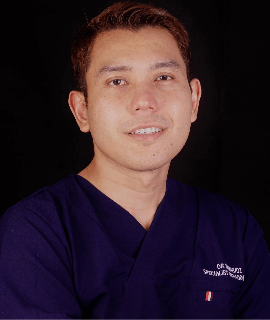Title: Clinical effectiveness of different types of maxillary protraction devices in cleft patient: A systematic review and network meta-analysis
Abstract:
In individuals with complete cleft lip and palate, maxillary growth is often hindered by the repair of the cleft lip and palate, leading to a Class III skeletal pattern and anterior crossbite. Traditionally, facemasks have been used for mild maxillary retrusion in these patients, though their orthopedic effects are limited, especially in cases of unilateral cleft lip and palate. Side effects of facemasks can include molar mesialisation and proclination of upper incisors. For moderate or severe maxillary retrusion, the accepted treatment is maxillary advancement with orthognathic surgery post-growth period, though this leaves patients untreated during childhood and adolescence.
Some studies have suggested that using modified surgical miniplates for skeletal anchorage with face mask treatment can enhance orthopedic effects. The Bone Anchored Maxillary Protraction (BAMP) protocol, involving miniplates in the maxilla and mandible with Class III intermaxillary elastics, has been introduced to improve midfacial growth and prevent unwanted vertical growth in the lower facial region.
Therefore, the purpose of this study was to evaluate the efficacy of the various maxillary protraction devices in patients with cleft lip and palate. The research examined two treatment approaches for maxillary protraction: class III elastics attached to mandibular and maxillary mini plates and facemasks attached to mini plates.




